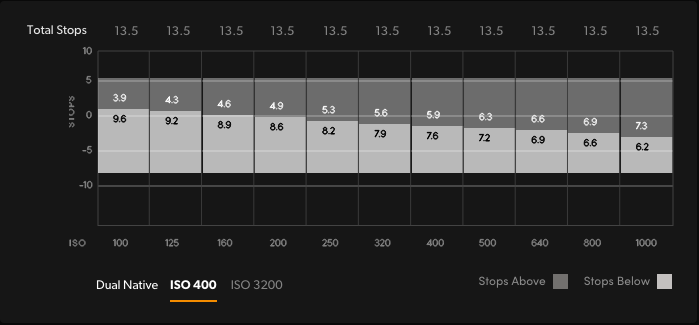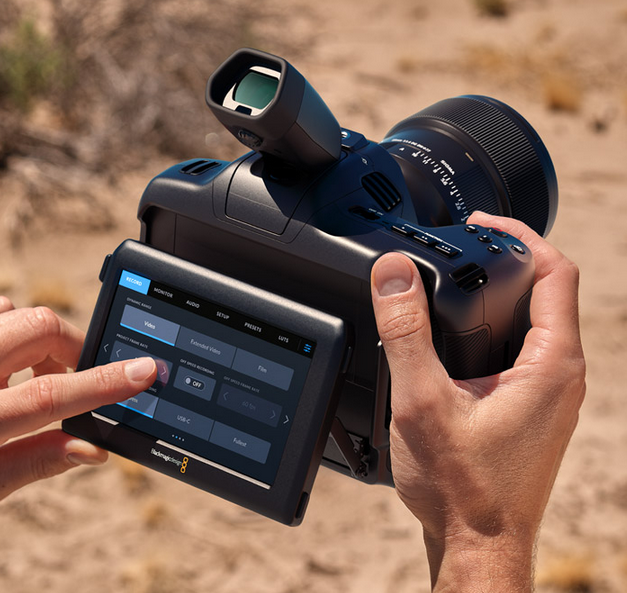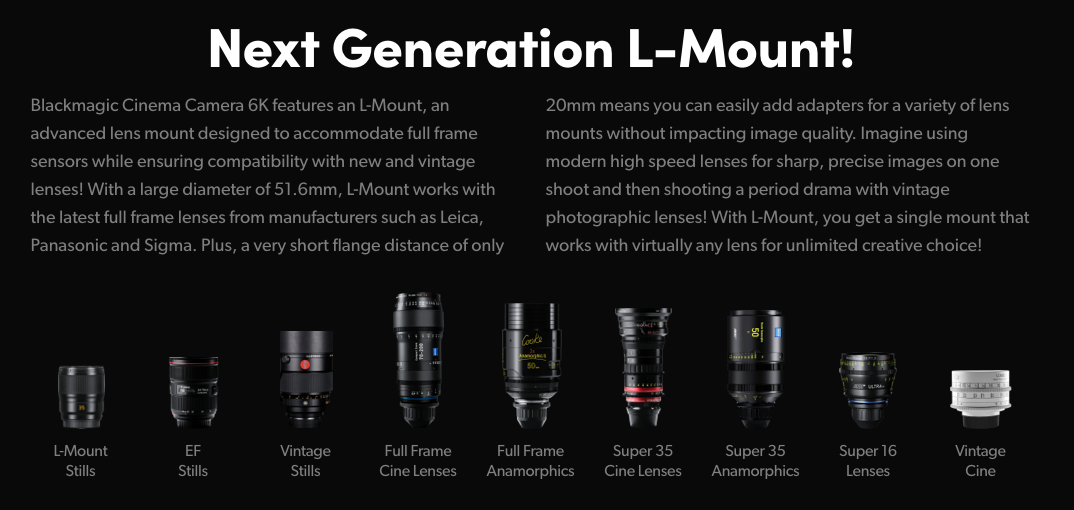Since the first Cinema Camera from Blackmagic I have always left a comment on them, I have owned several, I own several, and I find them to be very interesting products for different reasons, often not the mainstream ones that everyone gets excited about.
Everyone screaming about the miracle because it’s a fullframe, larger sensor than the classic cinema super 35, as if it were the panacea for all ills, or the secret sausage for the cinema effect (which remember the classic cinema format is smaller…).
The specifications have all been bandied about, and if you are interested, just go to the dedicated page here.
Let’s analyze what I think is most interesting about this camera and why :
 Open Gate 3:2 : finally the possibility to shoot in a format not pushed in width, a concept that comes from early cinema, which many modern filmmakers (from Sam Raimi to Wes Andreson) have exploited in Arri cameras to create formats with particular proportions and then use them as a narrative method.
Open Gate 3:2 : finally the possibility to shoot in a format not pushed in width, a concept that comes from early cinema, which many modern filmmakers (from Sam Raimi to Wes Andreson) have exploited in Arri cameras to create formats with particular proportions and then use them as a narrative method.
Option that introduces Multi Aspect ratio that allows traditional, Anamorphic, and many combinations of formats and frame rates to solve all kinds of shooting needs.
 New Dual ISO Sensor at 13.5 stops of DR in the first gain stage : many people talk about dynamic range, but they don’t know that most cameras have the maximum dynamic range ONLY at native Iso, moving around they don’t offer the same dynamic range, while here we find the same range spread over the different ISOs.
New Dual ISO Sensor at 13.5 stops of DR in the first gain stage : many people talk about dynamic range, but they don’t know that most cameras have the maximum dynamic range ONLY at native Iso, moving around they don’t offer the same dynamic range, while here we find the same range spread over the different ISOs.
H264 proxies created in parallel with the Braw files, to simplify both previewing and editing as well as using the Blackmagic Cloud where you can upload materials and start working before you have even received the derived raw.
CfExpress for high-speed recording.
There has been a lot of controversy in the past regarding SD cards (fast ones cost a kidney) and Cfasts that have never come down in price, while CfExpress in addition to being adopted by several brands, already seem to be cheaper than the equivalent Cfast2 or SD v90s (of course we are comparing similar products in performance, not the mobile microsd that would not even be able to record raw frames).
 Display 5-inch HDR 1500 nits articulated inherited from the pro, to make it easier to use the camera in bright sunlight and not have to add additional monitors. Then if you prefer, there is always the Blackmagic Viewfinder already in use for pocketG2 and 6kPro.
Display 5-inch HDR 1500 nits articulated inherited from the pro, to make it easier to use the camera in bright sunlight and not have to add additional monitors. Then if you prefer, there is always the Blackmagic Viewfinder already in use for pocketG2 and 6kPro.
 Last but not least L mount, to be able to mount high-end optics, or with simple adapters the classic EF lenses to others, the L mount having a very short 20mm flange.
Last but not least L mount, to be able to mount high-end optics, or with simple adapters the classic EF lenses to others, the L mount having a very short 20mm flange.
The real difference in using L mount is that in addition to having a product with a more modern mount, it is part of a consortium that has completely spread the data to support in the correct and best way the management of the lenses, as opposed to the EF mount that is adopted by more brands, but always and only with a Reverse engeneering work of the mount, electronics and communication, which then leads to issues of camera lens management.
to reduce any moires effects with fabrics or other elements, e.g., ledwalls, which are increasingly present today as backgrounds or set elements. It is also a key element (it seems) in getting that mythical NetFlix certification…for those who care.
I usually ironize about the meanings that come out of the usual incontentativists, who don’t buy anyway, they just stand behind their keyboards and complain…
this time… but also not…
I don’t think I’m going to upgrade anytime soon because many modern optics I own are aps-c (would work equally because in the different modes it also has the crop for aps-c), while the vintage ones are obviously Fullframe.
But if Blackmagic wants to give me one for my project of photographing with a Cinema Camera, to see the alternative effects 😀
Meanwhile on a sunny morning, it allowed me to capture some interesting images, and although I had to halve the size for a purely technical issue (the site would not allow me to upload 6k frames to the gallery) I would say that you can appreciate the quality of the individual frames.
